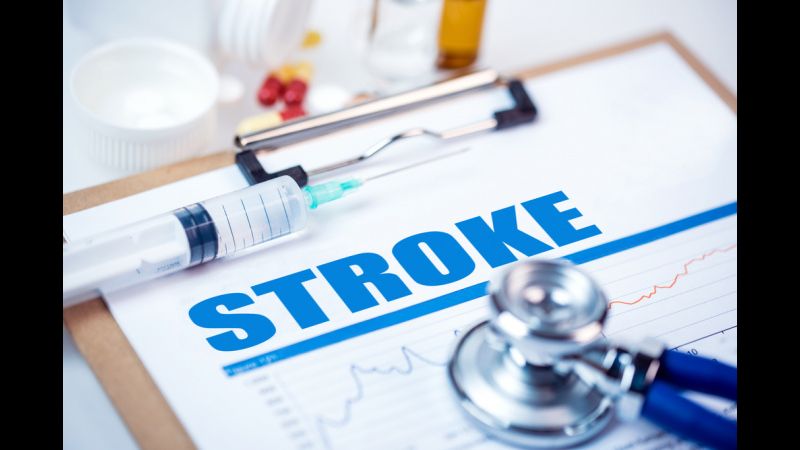Since approximately 795,000 Americans suffer a stroke every year according to the National Stroke Association, chances are we all know someone who has suffered a stroke. But even if this is so, how much do you really know about stroke? Stroke is a very complicated and life-threatening disease, so the more you know about it, the better you can protect yourself and your loved ones.
What is Stroke?
First things first: a stroke, or a “brain attack,” affects the arteries within and leading to the brain. When blood vessels carrying oxygen and other nutrients to the brain become blocked, the brain cannot get the oxygen and blood it needs to function and so the brain cells begin to die.
The effects of a stroke can be varying, depending upon where the damaged brain tissue is located and the severity of the stroke itself:
- Left Side of the Brain
- Paralysis on the body’s right side
- Speech or language problems
- Memory loss
- Right Side of the Brain
- Paralysis on the body’s left side
- Vision problems
- Memory loss
Two Types of Stroke
- Ischemic Stroke
Of the two, this is the most common type of stroke as it accounts for 87 percent of all strokes. An ischemic stroke occurs when a clot blocks the blood flowing to the brain.
There is another stroke under the ischemic category and that is a transient ischemic attack (TIA), which is caused by a temporary clot. Although it is often referred to as a “mini-stroke” since it typically only lasts less than five minutes, you should still seek medical treatment and take this as a serious warning – 33 percent of those who experience a TIA suffer a stroke within a year.
2. Hemorrhagic Stroke
Even though hemorrhagic strokes account for only 13 percent of all strokes, this kind of stroke causes about 40 percent of all stroke deaths. A hemorrhagic stroke occurs when a blood vessel ruptures or leaks and blood cannot flow to the brain.
Warning Signs of A Stroke
Should you notice any of these warning signs, remember to act F.A.S.T. and call 911 immediately:
- Face Drooping
- Arm Weakness
- Speech Difficulty
- Time to call 911
Preventing Stroke
Stroke is the fifth leading cause of death among Americans, and there are both controllable and uncontrollable stroke risk factors. Below are the uncontrollable risk factors:
- Age: stroke risk increases with age.
- Family history: if other people in your family have suffered strokes, then your risk is greater.
- Race: African-Americans have a higher stroke risk when compared to Caucasians.
- Gender: Women also have a greater stroke risk than men.
- Medical history: If you’ve had a previous TIA, stroke or heart attack, you are much more likely to suffer a stroke.
Now it’s time to discuss the risk factors you can control. 80 percent of strokes are preventable just by making these simple lifestyle choices that will benefit your overall health:
- Monitor your blood pressure (high blood pressure is the number one cause of stroke).
- Eat a healthy diet (reduce your salt intake and avoid high-cholesterol foods).
- Exercise (aim for a minimum of 30 minutes a day).
- Don’t smoke.
- Monitor your drinking.
Now that you’re an expert of all you need to know about stroke, it’s important to share this information with your loved ones. Knowledge is power, and this information can help save lives!


